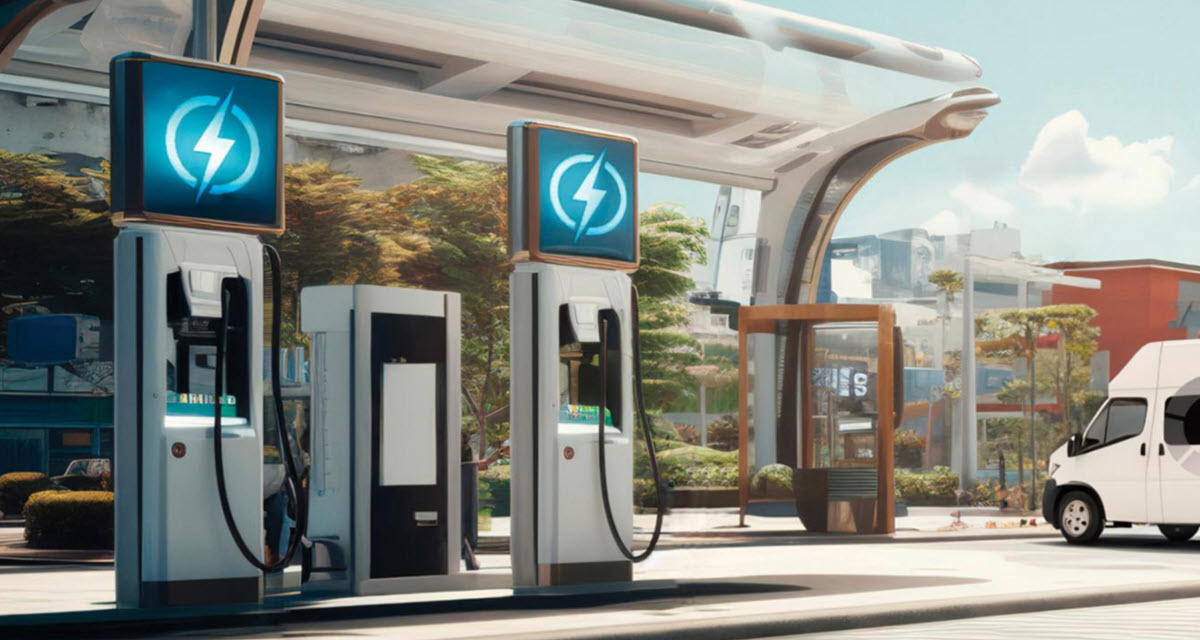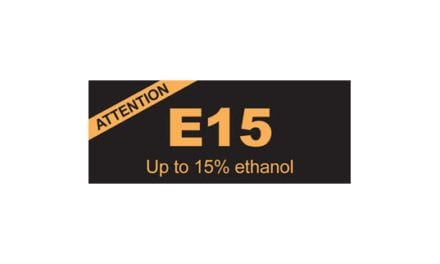The intersection of EV adoption and new regulations will impact fuel marketers.
By Joe O’Brien
When it comes to the EV transition, most people are focused on if, when and how EVs will overtake the internal combustion engine. A handful of new standards and regulations recently in development could influence the outcome. Here’s a snapshot of three of them and a look at their potential impact.
Tailpipe Emissions
New stringent tailpipe emissions standards proposed by the EPA are poised to motivate automakers to increase sales of EVs made during model years 2027 to 2032. If the ambitious emissions standards are adopted, the EPA estimates EV sales would comprise 67% of new light- and medium-duty passenger car, truck and SUV sales in 2032.
New standards for heavy-duty tractor-trailers, as well as vehicles such as garbage trucks and school buses, have also been proposed. If the heavy-duty standards are finalized, the EPA projects 50% of buses and 25% of long-haul tractor trailers will be electric by 2032.
The Alliance for Automotive Innovation, which represents almost every major automaker except Tesla, said the EPA’s aggressive emission standards are “neither reasonable nor achievable.” The group recommended adopting requirements for 40% to 50% electric, plug-in electric and fuel cell vehicles in 2030 with continued increases through 2032.
Corporate Average Fuel Economy (CAFE) Standards
Two separate initiatives are afoot with regard to CAFE standards:
- Revising the petroleum equivalency factor (PEF) for EVs
- More stringent fuel economy standards from the National Highway Traffic Safety Administration for 2027 and beyond, which were expected to be announced in April
The PEF is part of the mechanism used to determine an automaker’s compliance with CAFE standards. The U.S. Department of Energy is proposing to lower the PEF for EVs because the current PEF enables fleetwide compliance at a lower real-world average fuel economy through a smaller number of EVs across an automaker’s overall fleet. Changing the PEF could force automakers to sell more low-emission vehicles or improve conventional powertrains.
More stringent fuel economy standards will also have a lasting impact.
Data from the 2023 NACS State of the Industry Summit pointed to another more immediate, urgent challenge for fuel retailers: increasingly fuel-efficient internal combustion engines. A NACS article illustrates the potential impact of this threat. It points out the average age of vehicles on the road today is 12 years, and that a new Ford F-150, the most popular vehicle sold today, is 38% more fuel-efficient than 12-year-old models.
As an indicator of what is at stake from the perspective of automakers, it is worth noting that between December 2022 and May 2023, two automakers paid a total of $363 million in civil penalties for failing to meet U.S. fuel economy requirements for prior model years. This is the first time in three years that penalties have been collected for failure to meet CAFE standards.
It would seem the pressure is on to improve fuel economy.
Climate Disclosure Rules
In 2022, the Securities and Exchange Commission proposed rules that would require publicly traded companies to report their climate-related risks and the direct and indirect greenhouse gas emissions their operations produce. The rules were intended to require big businesses to track, manage and report on emissions, characterized by the following parameters:
- Scope 1 emissions: direct emissions generated through a company’s own operation, including emissions generated by fuel used to power equipment and the company’s own vehicles
- Scope 2 emissions: indirect emissions from energy purchases for power, steam, heating and cooling
- Scope 3 emissions: the remainder of emissions generated in a business’s value chain—from the raw materials to the use and disposal of their products and services
Although objections were voiced about the proposed rules, many companies forged ahead anyway, assessing greenhouse-gas emissions produced in their supply chain.
Walmart, for example, is working with its suppliers to procure renewable energy, reduce packaging waste and adopt farming practices that lower emissions. The retailer also has announced it will launch an EV fast-charging network, which would simultaneously expand its product offering and demonstrate sustainability intentions to shareholders.
If large public companies incentivize other parts of their supply chain to contribute to their decarbonization, a shift to carbon-neutral products and services may begin to radiate from within the business sector.
Policy vs. Reality
Despite the aggressive climate-related rules that are on the horizon, the reality of the future state will likely be an amalgamation of what was proposed and an outcome that was ultimately muted by other factors.
For instance, although the proposed emission standards are the strictest so far and they are being rolled out to incentivize EV expansion, automakers aren’t beholden to meet the standards through EV alone because the policy is “technology neutral.”
Another potential wrinkle: The current political climate lacks continuity. What one administration establishes, the next one rolls back. From a business perspective, this makes planning and profitable execution difficult.
That notwithstanding, this is a time of rapid innovation.
Chevron and ExxonMobil are reported to be testing renewable gasoline blends that could reduce emissions on par with the levels of EVs. A scenario in which a former oil giant establishes a preferred partnership with a fuel distributor that transitioned its fleet of tankers to hydrogen fuel cell electric vehicles (HCEVs) and delivers loads of a new renewable fuel formula to a large retail fuel brand that proactively established an EV offering is well within the realm of possibility.
 Joe O’Brien is vice president of marketing at Source North America Corporation. He has more than 25 years of experience in the petroleum equipment fuel industry. Contact him at [email protected] or visit sourcena.com to learn more.
Joe O’Brien is vice president of marketing at Source North America Corporation. He has more than 25 years of experience in the petroleum equipment fuel industry. Contact him at [email protected] or visit sourcena.com to learn more.








